By Jonathon Levy, Ballet Master & former Principal Soloist of Ballet Dallas.
Choosing a school for dance training can be a daunting task. In the United States, there are no guidelines or accrediting agencies for dance training, and that means anyone can open a ballet studio regardless of their background. If you desire training for yourself or your child, the primary concern should be for a long-term goal. Whether it involves professional career potential, a college degree program, or just a means of health and discipline, the training being offered will allow or inhibit every subsequent success in learning dance technique. The difference between adequate and inferior training is monumental, and will affect every opportunity that might present itself. A clear understanding of the fundamental components of professional training will illuminate the process of choosing the best training facility.
These are the essential components of learning and performing classical ballet: the tendue— the plié—the port de bras—aplomb (or stance; which includes extending, contracting, arching, and twisting); from these four the positional ideas can be formed and taught. These four ideas form the foundation of classical movement training, and incorporate rotation, elevation, and length (including lateral, and linear momentum; and the various qualities of movement, namely, gliding/sliding, darting, extending/stretching, turning, jumping, bending, rising[1]). Cecchetti[2] referred to these “qualities” as the seven fundamental movements of dancing. Current training methods have progressed far beyond the original concept of simply teaching students how to maintain and move between a set number of positions for the feet, legs, arms, head, and torso. Continue reading “Pedagogy: A professional’s insights on the art of training and the technique of classical ballet”

